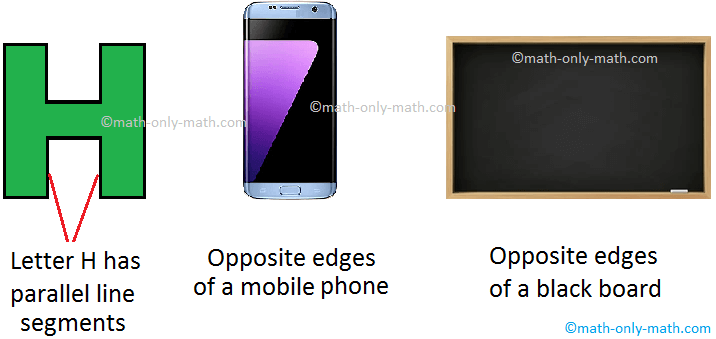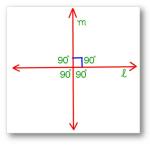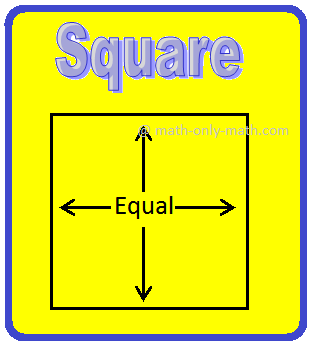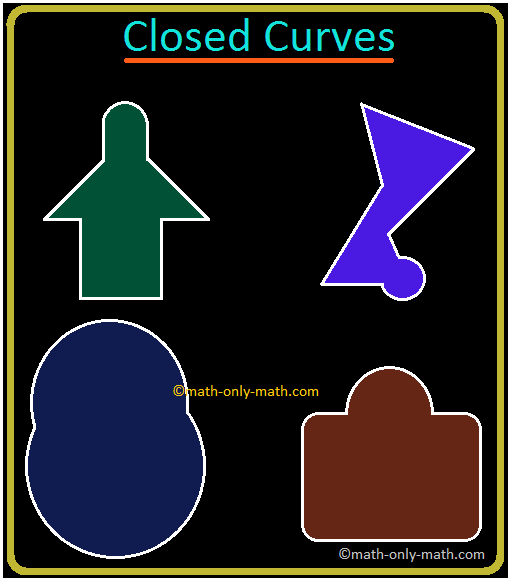Equivalence Relation on Set
Equivalence relation on set is a relation which is reflexive, symmetric and transitive.
A relation R, defined in a set A, is said to be an equivalence relation if and only if
(i) R is reflexive, that is, aRa for all a ∈ A.
(ii) R is symmetric, that is, aRb ⇒ bRa for all a, b ∈ A.
(iii) R is transitive, that is aRb and bRc ⇒ aRc for all a, b, c ∈ A.
The relation defined by “x is equal to y” in the set A of real numbers is an equivalence relation.
Let A be a set of triangles in a plane. The relation R is defined as “x is similar to y, x, y ∈ A”.
We see
that R is;
(i) Reflexive, for, every triangle is similar to itself.
(ii) Symmetric, for, if x be similar to y, then y is also similar to x.
(iii) Transitive, for, if x be similar to y and y be similar to z, then x is also similar to z.
Hence R is an equivalence relation.
A relation R in a set S is called a partial order relation if it satisfies the following conditions:
(i) aRa for all a∈ A, [Reflexivity]
(ii) aRb and bRa ⇒ a = b, [Anti-symmetry]
(iii) aRb and bRc ⇒ aRc, [Transitivity]
In the set of natural numbers, the relation R defined by “aRb if a divides b” is a partial order relation, since here R is reflexive, anti-symmetric and transitive.
A set, in which a partial order relation is defined, is called a partially ordered set or a poset.
Solved example on equivalence relation on set:
1. A relation R is defined on the set Z by “a R b if a – b is divisible by 5” for a, b ∈ Z. Examine if R is an equivalence relation on Z.
Solution:
(i) Let a ∈ Z. Then a – a is divisible by 5. Therefore aRa holds for all a in Z and R is reflexive.
(ii) Let a, b ∈ Z and aRb hold. Then a – b is divisible by 5 and therefore b – a is divisible by 5.
Thus, aRb ⇒ bRa and therefore R is symmetric.
(iii) Let a, b, c ∈ Z and aRb, bRc both hold. Then a – b and b – c are both divisible by 5.
Therefore a – c = (a – b) + (b – c) is divisible by 5.
Thus, aRb and bRc ⇒ aRc and therefore R is transitive.
Since R is reflexive, symmetric and transitive so, R is an equivalence relation on Z.
2. Let m e a positive integer. A relation R is defined on the set Z by “aRb if and only if a – b is divisible by m” for a, b ∈ Z. Show that R is an equivalence relation on set Z.
Solution:
(i) Let a ∈ Z. Then a – a = 0, which is divisible by m
Therefore, aRa holds for all a ∈ Z.
Hence, R is reflexive.
(ii) Let a, b ∈ Z and aRb holds. Then a – b is divisible by m and therefore, b – a is also divisible by m.
Thus, aRb ⇒ bRa.
Hence, R is symmetric.
(iii) Let a, b, c ∈ Z and aRb, bRc both hold. Then a – b is divisible by m and b – c is also divisible by m. Therefore, a – c = (a – b) + (b – c) is divisible by m.
Thus, aRb and bRc ⇒ aRc
Therefore, R is transitive.
Since, R is reflexive, symmetric and transitive so, R is an equivalence relation on set Z
3. Let S be the set of all lines in 3 dimensional space. A relation ρ is defined on S by “lρm if and only if l lies on the plane of m” for l, m ∈ S.
Examine if ρ is (i) reflexive, (ii) symmetric, (iii) transitive
Solution:
(i) Reflexive: Let l ∈ S. Then l is coplanar with itself.
Therefore, lρl holds for all l in S.
Hence, ρ is reflexive
(ii) Symmetric: Let l, m ∈ S and lρm holds. Then l lies on the plane of m.
Therefore, m lies on the plane of l. Thus, lρm ⇒ mρl and therefore ρ is symmetric.
(iii) Transitive: Let l, m, p ∈ S and lρm, mρp both hold. Then l lies on the plane of m and m lies on the plane of p. This does not always implies that l lies on the plane of p.
That is, lρm and mρp do not necessarily imply lρp.
Therefore, ρ is not transitive.
Since, R is reflexive and symmetric but not transitive so, R is not an equivalence relation on set Z
● Set Theory
● Sets
● Subset
● Practice Test on Sets and Subsets
● Problems on Operation on Sets
● Practice Test on Operations on Sets
● Venn Diagrams in Different Situations
● Relationship in Sets using Venn Diagram
● Practice Test on Venn Diagrams
From Equivalence Relation on Set to HOME PAGE
Didn't find what you were looking for? Or want to know more information about Math Only Math. Use this Google Search to find what you need.
Recent Articles
-
What are Parallel Lines in Geometry? | Two Parallel Lines | Examples
Apr 19, 24 04:39 PM
In parallel lines when two lines do not intersect each other at any point even if they are extended to infinity. What are parallel lines in geometry? Two lines which do not intersect each other -
Perpendicular Lines | What are Perpendicular Lines in Geometry?|Symbol
Apr 19, 24 04:01 PM
In perpendicular lines when two intersecting lines a and b are said to be perpendicular to each other if one of the angles formed by them is a right angle. In other words, Set Square Set Square If two… -
Fundamental Geometrical Concepts | Point | Line | Properties of Lines
Apr 19, 24 01:50 PM
The fundamental geometrical concepts depend on three basic concepts — point, line and plane. The terms cannot be precisely defined. However, the meanings of these terms are explained through examples. -
What is a Polygon? | Simple Closed Curve | Triangle | Quadrilateral
Apr 19, 24 01:22 PM
What is a polygon? A simple closed curve made of three or more line-segments is called a polygon. A polygon has at least three line-segments. -
Simple Closed Curves | Types of Closed Curves | Collection of Curves
Apr 18, 24 01:36 AM
In simple closed curves the shapes are closed by line-segments or by a curved line. Triangle, quadrilateral, circle, etc., are examples of closed curves.





